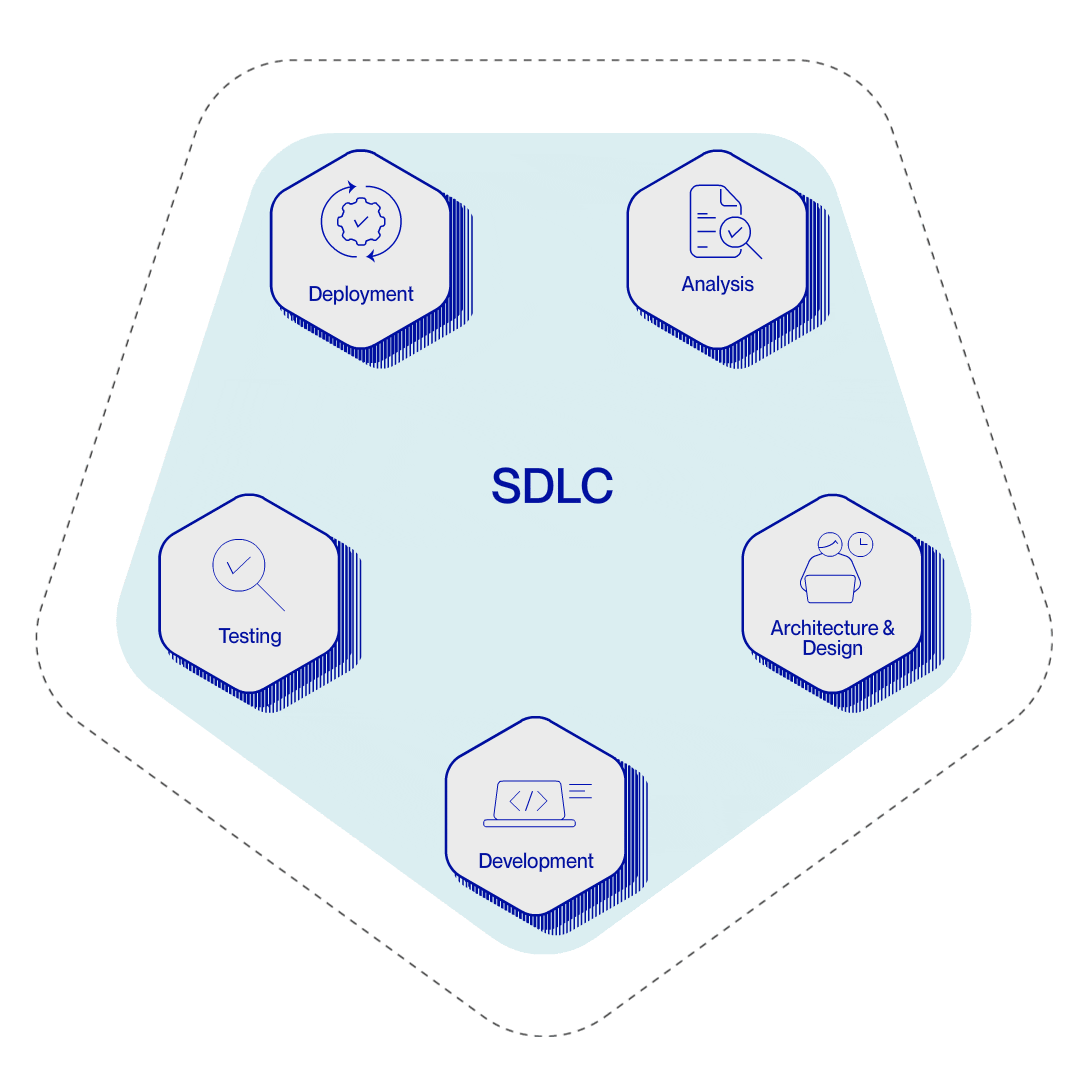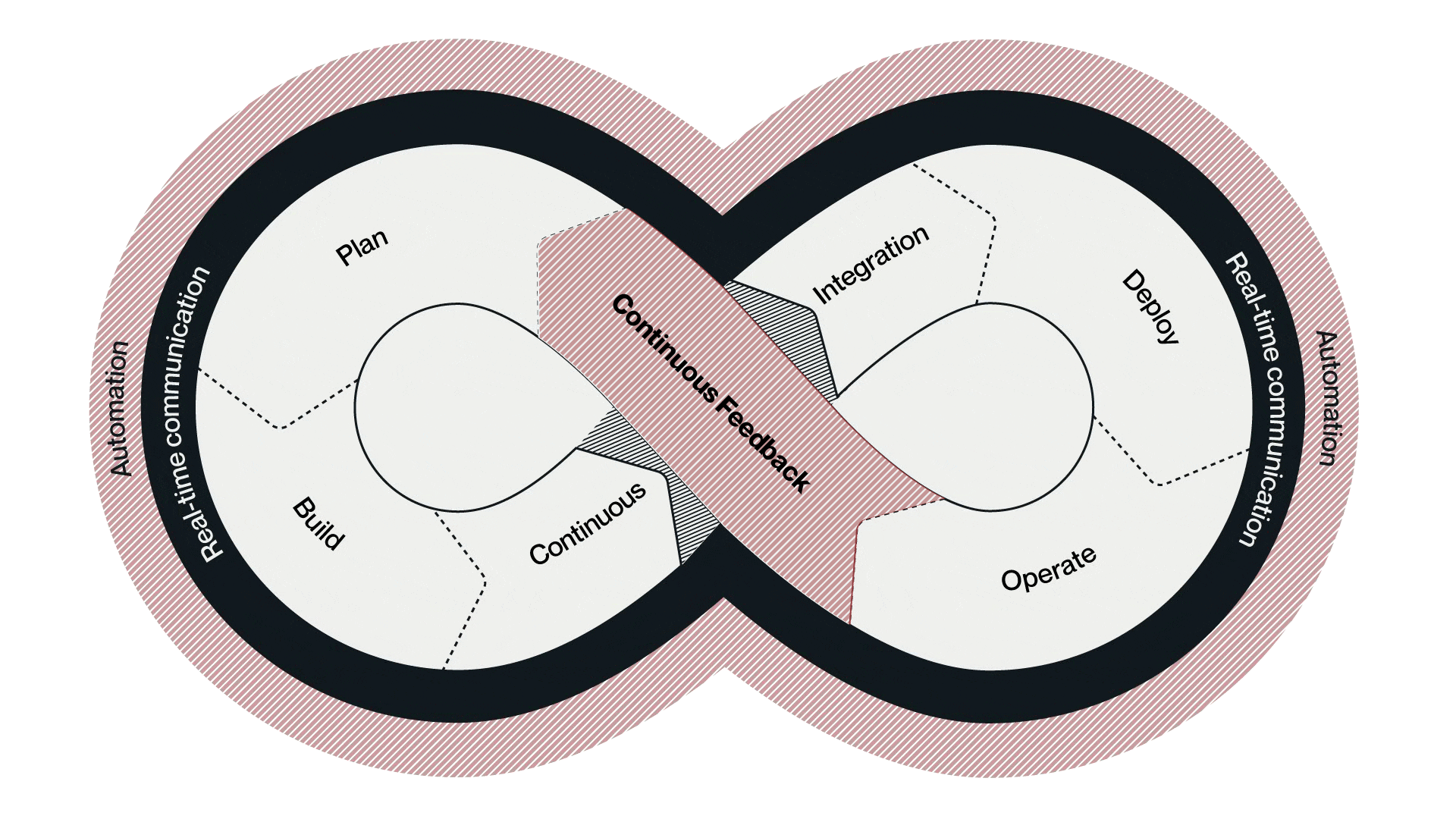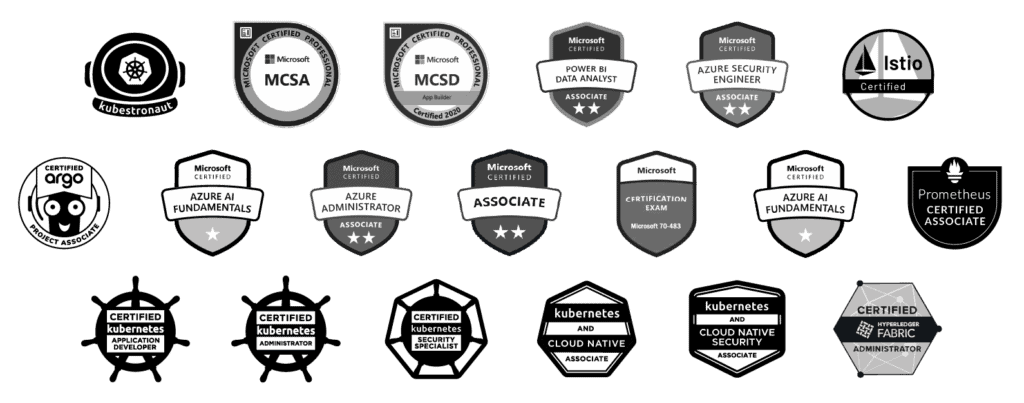Is your software truly ready for the market? Mastering best practices in Quality Assurance (QA) and testing is essential for delivering flawless software that meets user expectations and performs reliably under various conditions.
Below let’s discuss effective strategies, tools, and methodologies to enhance your QA processes, ensuring top-quality software. With expert insights, I’ll guide you through the steps necessary to refine your testing approach and achieve excellence in software quality assurance.

Effective QA Strategies
Comprehensive Test Planning
A successful QA process begins with comprehensive test planning. Define clear objectives, scope, and criteria for success. Identify key functional and non-functional requirements, and establish a testing timeline that aligns with your development cycle. Detailed test planning ensures that all critical areas are covered and that testing efforts are focused and efficient.
Risk-Based Testing
Implementing risk-based testing allows you to prioritize testing efforts based on the potential impact and likelihood of defects. By focusing on high-risk areas, you can identify and address the most critical issues early in the development process. This approach not only improves the overall quality of the software but also optimizes resource allocation.
Advanced Testing Methodologies
Automated Testing
Automation is a foundation of modern QA practices. By automating repetitive and time-consuming test cases, you can significantly increase test coverage and reduce manual effort. Utilize tools like Selenium, Appium, and JUnit to automate functional, regression, and performance testing. Automated testing ensures consistent execution and allows for rapid feedback, enabling faster releases with higher confidence in quality.
Continuous Integration and Continuous Deployment (CI/CD)
Integrating QA into your CI/CD pipeline is essential for maintaining software quality in agile development environments. Automated tests should run as part of the CI/CD process, ensuring that code changes are continuously validated. Tools like Jenkins, Travis CI, and CircleCI facilitate seamless integration and deployment, enabling you to catch defects early and deliver updates swiftly.

Utilizing Cutting-Edge Tools
Test Management Tools
Effective test management is crucial for tracking test cases, defects, and progress. Tools like TestRail, Zephyr, and QTest provide comprehensive test management capabilities, allowing you to organize test cases, monitor execution, and generate detailed reports. These tools enhance collaboration among QA teams and ensure transparency in the testing process.
Performance Testing Tools
Ensuring that your software performs well under various conditions is vital. Performance testing tools like JMeter, LoadRunner, and Gatling help you simulate real-world scenarios and assess the performance, scalability, and reliability of your applications. By identifying bottlenecks and optimizing performance, you can deliver a seamless user experience.
Best Practices for Flawless Products
Shift-Left Testing
Adopting a shift-left testing approach involves incorporating testing activities early in the development lifecycle. By identifying and addressing defects at the earliest stages, you can reduce the cost and effort associated with fixing issues later. This proactive approach enhances the overall quality and accelerates the development process.
Continuous Monitoring and Feedback
Quality Assurance doesn’t end with deployment. Implement continuous monitoring to track the performance and reliability of your software in production. Tools like New Relic, Dynatrace, and Splunk provide real-time insights into application health and user behavior. Continuous feedback loops enable you to make informed decisions and promptly address any emerging issues.
Elevating Your QA Process
Ensuring top-notch software quality requires a strategic and disciplined approach to QA and testing. By adopting comprehensive test planning, risk-based testing, advanced methodologies, and cutting-edge tools, you can enhance your QA processes and deliver flawless products.
Are your QA practices robust enough to meet the demands of modern software development? It’s time to elevate your QA process and achieve excellence in software quality assurance.












